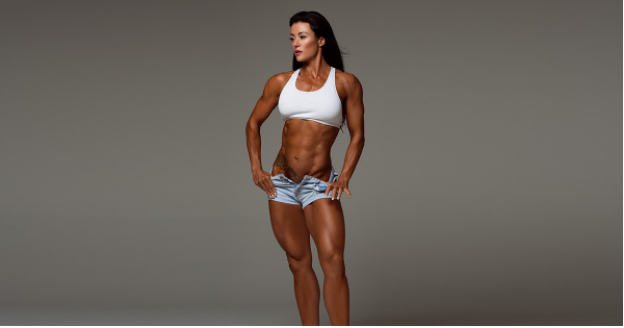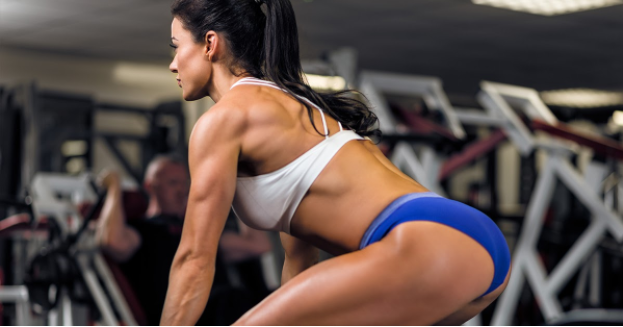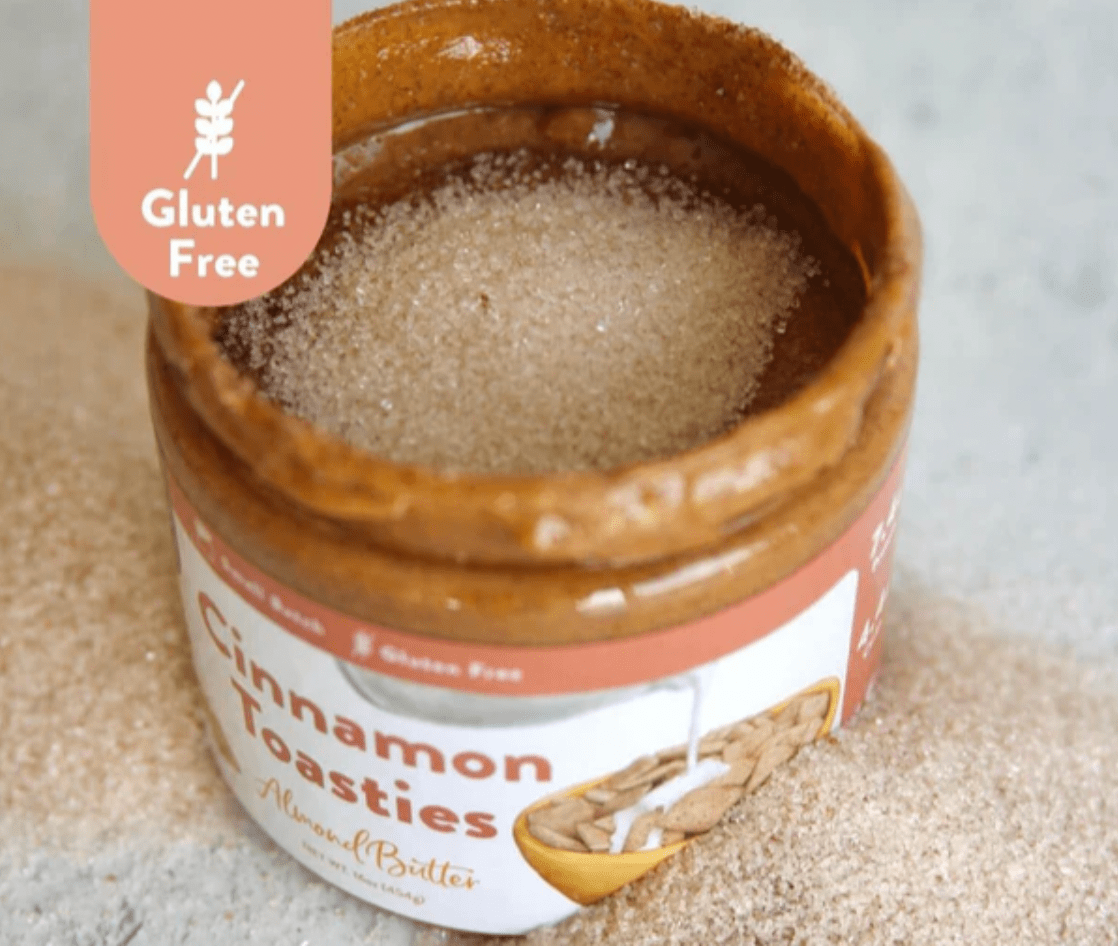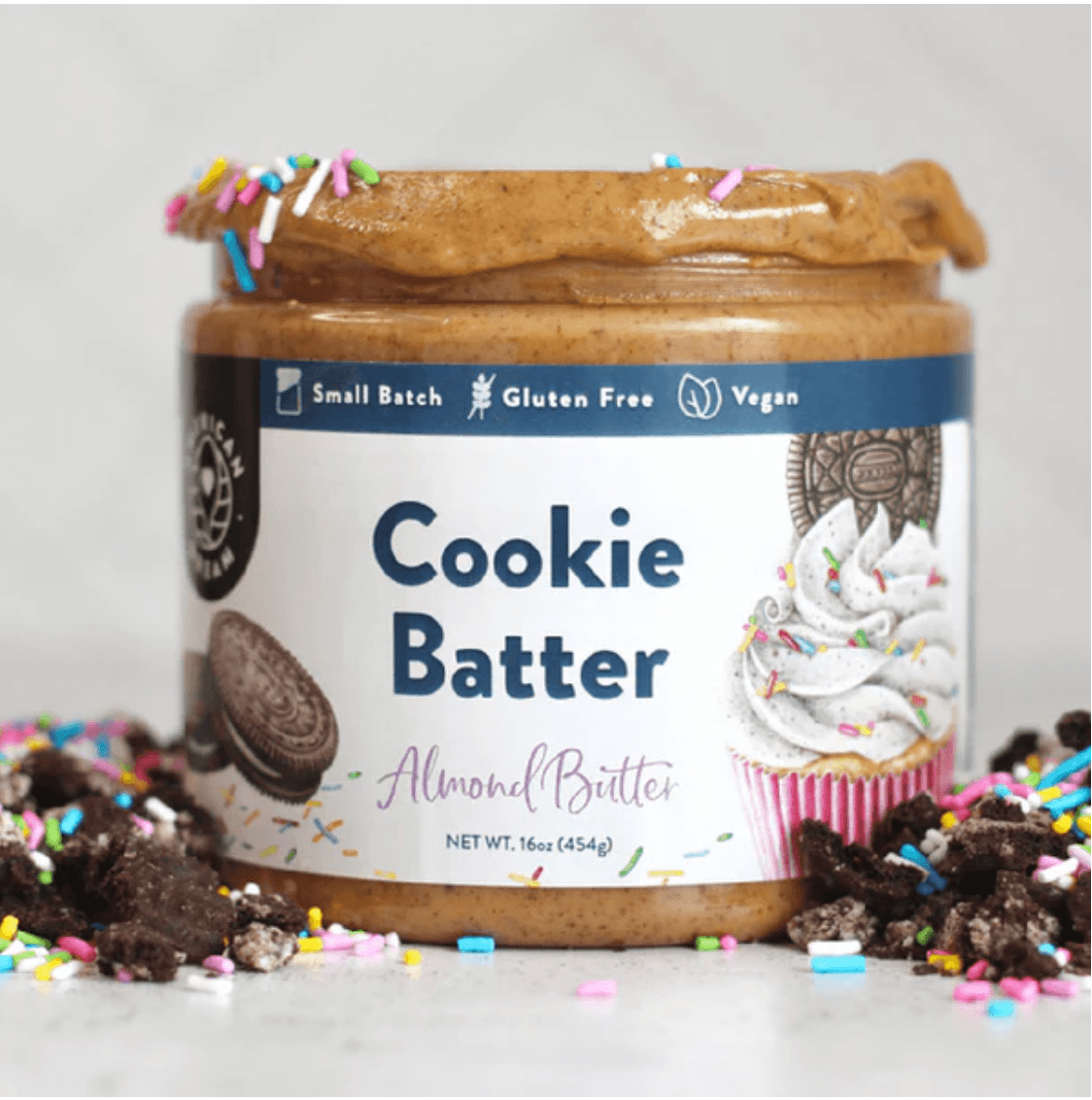Health
Meat Meets Meet: How I Built A Community Of Female Bodybuilders Around A Vegan Diet

The right support can make or break a new diet or workout regime. This is why a strong sense of community and belonging makes a world of difference when it comes to reaching fitness goals.
The founder of The Sculpted Vegan, Kim Constable, is keenly aware of the benefits of making people feel valued and supported on their journey to healthier and stronger bodies. In fact, she has based her entire multi-million dollar business on the idea of building a community of like-minded people and putting her clients before profits.
“From the outset, I focused on supporting and serving my people rather than on finding more customers. This wasn’t a strategy, it’s just who I am,” Constable says. “When someone tries something new, they are vulnerable. And when you are there for them every step of the way, loving them deeply and upholding them when they can’t uphold themselves, something magical happens. They realize that you aren’t just there to take their money. They realize that you truly care.”
Bulking up vegan

Constable founded The Sculpted Vegan to help women shape their bodies without consuming animal products. She also wanted to debunk the misconception that you cannot build muscle without eating meat and dairy. And to prove that a tailored diet of high-protein foods such as tofu, legumes, and quinoa can be a game-changer when it comes to achieving muscle gain.
“I was a vegetarian for 16 years and a vegan for one when I decided to start sculpting my body. My coach had no experience training vegans and told me that he wouldn’t be able to help with my nutrition plan. This is when I decided to do my own research and was startled that there was practically zero information out there to help me,” says the Belfast-based mom of four.
Realizing that she would have to start from scratch, Constable set out to devise her own vegan nutrition regime. And her painstaking research paid off. Constable gradually started to see what she refers to as her loose skin fill up with muscle. At the age of 37, she even won a bodybuilding bikini competition and six more titles in the following two years.
It took Constable four years to get her figure exactly to where she wanted it. Throughout this time, her nutritional plan continued to evolve. She also gradually started to realize that there were many vegan women out there in the same situation she was in four years before. “If I was searching for information that wasn’t there, there must have been many others doing the same,” she says.
Helping others achieve results

Constable used her experience in health, wellness, business, and marketing to start The Sculpted Vegan from her kitchen table. At the time, she had limited financial backing and virtually no social media following. Nevertheless, Constable’s first bodybuilding program for women, the 18-month Sculpt and Shred, was a roaring success, generating $52,000 right after launch.
Since founding the Sculpted Vegan, Constable has masterminded 10 other online fitness programs – all designed to get women ripped without consuming animal products. Today some of Constable’s most popular programs include the 1-week, 4-week, and 12-week shreds, and the 8-week butt camp. There is also the Jailhouse Shred that helps women build muscles using their own body weight.
The results have been nothing short of extraordinary. Constable’s bodybuilding business ended up making $8 million in the first three years of operation, and today generates $400,000 in revenue each month. She also has over 450,000 followers on Instagram and Facebook and hosts an iTunes podcast that tackles a range of taboo topics with a monthly audience of 200,000.
Tailored support
Realizing that some need more hands-on support than others when it comes to reaching fitness goals, Constable also offers one-on-one coaching sessions with top bodybuilding and nutrition coaches. Her other business, The Million Dollar Mentor, in turn, trains others how to create and manage their own successful brands. “I really love coaching. I love empowering women to be successful. After all, if I can do it, anyone can,” she says.
This year will also see Constable launch The Sculpted Vegan app, which will enable members to find both her programs and a community of like-minded women. “The custom-built app will be a one-stop-shop for buying and following my program, coaching support, and meal planning. It will also showcase the Sculpted Vegan fitness wear, bikinis, and apparel.”
Another part of the app will be the Sculpted Vegan University, a platform for learning about bodybuilding and nutrition via online live lectures and recordings. “There is also a certification program in the pipeline where coaches will be able to get certified in the Sculpted Vegan training methods, so they can help other women build their dream bodies,” Constable says.
Keys to success
Ever since she was a little girl, Constable knew that one day she would be successful. She was determined and disciplined, and no stranger to taking care of others. “After my parents separated, my siblings and I were sent to a boarding school. I was always the organized one, the shoulder to cry on, despite being the youngest,” she says. “Now, I have a husband and four kids who are home-schooled. If I commit to training five days a week, I do it. If I say I’m going to make a million dollars from my business, I do it. There’s no room for excuses.”
Today, Constable uses the same strength, integrity, and compassion to help women sculpt incredible bodies. “My programs are hard and I am very upfront about that. I tell women not to buy my programs unless they are prepared to put in the hard yards,” she says. “Anyone can achieve anything they want, including an amazing body, but it requires work, consistency, and discipline. Those are the keys to success.”
Health
Snack Smarter: The Rise of Low-Calorie Almond Butter for Active Lifestyles

The snack aisle is shifting. For those who balance a busy life with a commitment to health and fitness, the rise of low-calorie almond butter offers a new way to snack smarter. American Dream Nut Butter is at the center of this change, blending clean ingredients with dessert-inspired flavors and added protein to create almond butter that is both nutritious and enjoyable.
Why Almond Nut Butter Is Key to Clean Eating
As consumers become more mindful of their food choices, the spotlight is increasingly on nutrient-dense snacks that provide sustained energy without excess calories. Almond butter, especially in low-calorie varieties, meets this demand by offering a rich source of healthy fats, fiber, and protein in a compact form. Compared to traditional spreads, such as peanut butter, almond butter often provides a smoother, lighter alternative with a different nutritional profile.
For those who track macros or embrace meal prepping, almond nut butter fits neatly into their plans. Its balance of fats and protein supports satiety, helping to keep hunger at bay between meals or during workouts. American Dream Nut Butter elevates this concept with high-protein options that blend the wholesome qualities of almonds with a subtle sweetness inspired by classic desserts.
How Much Protein is in Low Calorie Almond Butter for High Performance?
One common question around almond butter is: how much protein does almond butter contain? While natural almond butter provides a moderate protein boost, American Dream Nut Butter takes it a step further by creating blends that enhance protein content without relying on artificial sweeteners or fillers. This approach suits those seeking fuel for recovery or sustained energy throughout their day.
These protein-enhanced almond butters can work as a pre-workout snack, a post-exercise treat, or simply as a midday pick-me-up that aligns with a health-conscious lifestyle. The brand’s small-batch production method ensures each jar maintains a fresh, creamy texture that spreads easily or drizzles beautifully over everything from oatmeal to fruit.
Buy Almond Butter: Unique Flavors from American Dream

American Dream Nut Butter distinguishes itself with unique flavor profiles, such as Cinnamon Toasties and Cookie Batter. These offerings embrace the idea that healthful snacks can still delight the palate, using clean, natural ingredients to create indulgent taste experiences without sugar bombs or artificial additives. Each batch is hand-whipped in-house, reflecting the brand’s commitment to quality and care.
Their dedication to natural flavors and nutrient density allows consumers to enjoy a dessert-inspired snack while keeping their wellness goals intact. Whether you’re looking to buy almond butter that tastes like a treat or are curious where you can find almond butter crafted with both nutrition and flavor in mind, American Dream Nut Butter offers an accessible option.
Almond Nut Butter: Fuel for Athletes and Busy Parents
Almond butter’s versatility makes it appealing for a wide range of active lifestyles. For athletes, it provides a balanced blend of nutrients that supports energy and recovery without unwanted additives. For busy parents or professionals juggling multiple demands, it’s a convenient, clean snack that fits into hectic schedules without compromise.
The brand’s YouTube channel offers video insight into how these nut butters are crafted, revealing the hands-on process that ensures quality in every jar. By choosing American Dream Nut Butter, consumers support a product that embodies family values and a personal story of overcoming dietary challenges to create wholesome alternatives that everyone can enjoy.
Where Can You Find the Best Almond Butter & More? The Future Is Here
The growing interest in low-calorie nut butter reflects a broader shift in how people approach snacking—valuing nutrition, flavor, and mindful eating in equal measure. American Dream Nut Butter’s approach, which combines protein-rich formulas with all-natural ingredients and enticing flavors, shows how almond butter, peanut butter, and cashew butter can evolve from a niche health food into a daily staple for those who want to snack smarter.
For more on the evolving nut butter market and how it aligns with fitness trends, check out this feature on the rise of healthy high-protein nut butter. To explore American Dream Nut Butter’s full collection and shop their almond butter selections, visit their website.
American Dream Nut Butter invites you to experience healthy nut butters that strikes a balance between enjoyment and mindful nutrition—perfect fuel for active days and wellness routines alike.
*Images sourced from American Dream Nut Butter
-

 Tech4 years ago
Tech4 years agoEffuel Reviews (2021) – Effuel ECO OBD2 Saves Fuel, and Reduce Gas Cost? Effuel Customer Reviews
-

 Tech6 years ago
Tech6 years agoBosch Power Tools India Launches ‘Cordless Matlab Bosch’ Campaign to Demonstrate the Power of Cordless
-

 Lifestyle6 years ago
Lifestyle6 years agoCatholic Cases App brings Church’s Moral Teachings to Androids and iPhones
-

 Lifestyle4 years ago
Lifestyle4 years agoEast Side Hype x Billionaire Boys Club. Hottest New Streetwear Releases in Utah.
-

 Tech7 years ago
Tech7 years agoCloud Buyers & Investors to Profit in the Future
-

 Lifestyle5 years ago
Lifestyle5 years agoThe Midas of Cosmetic Dermatology: Dr. Simon Ourian
-

 Health6 years ago
Health6 years agoCBDistillery Review: Is it a scam?
-

 Entertainment6 years ago
Entertainment6 years agoAvengers Endgame now Available on 123Movies for Download & Streaming for Free
